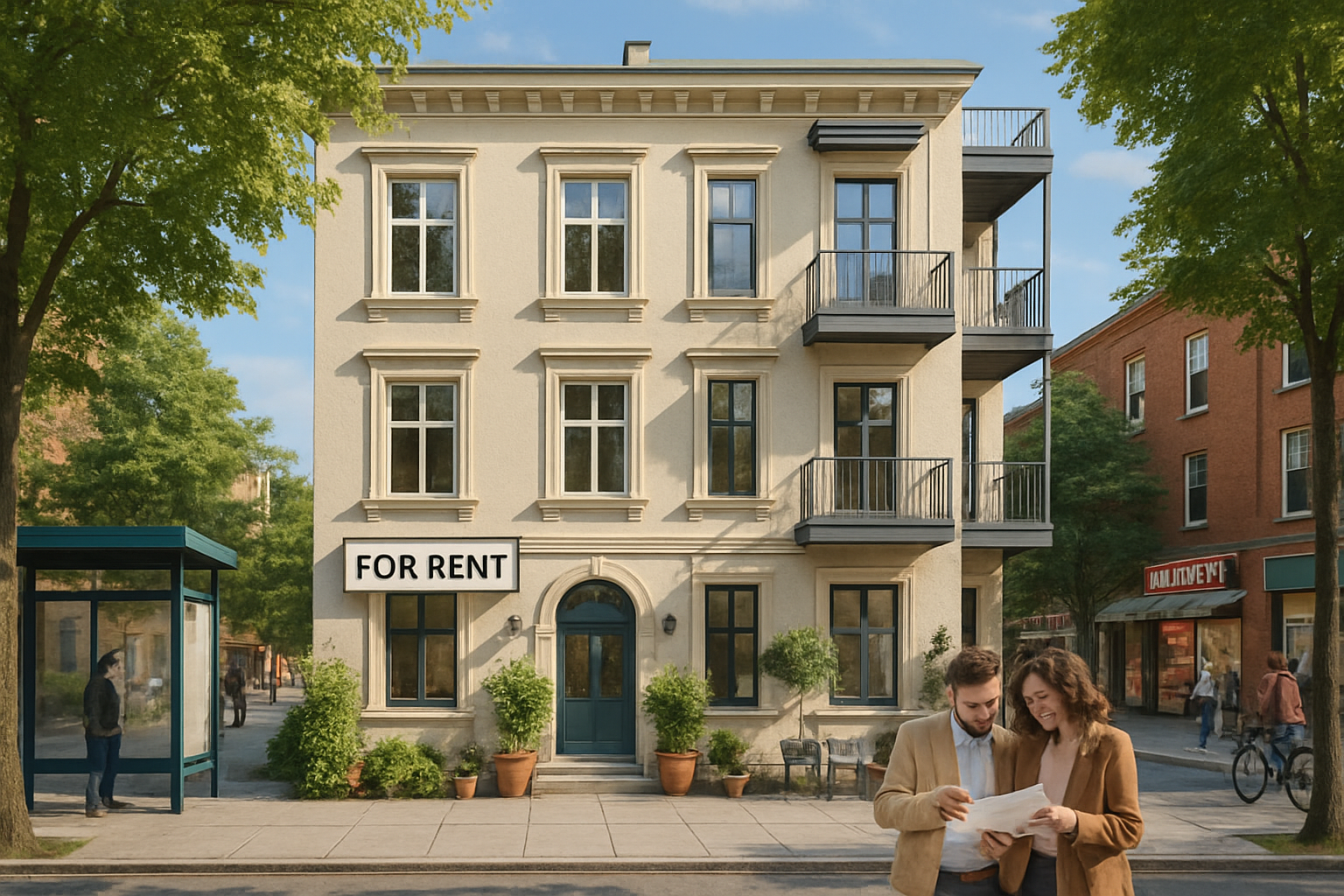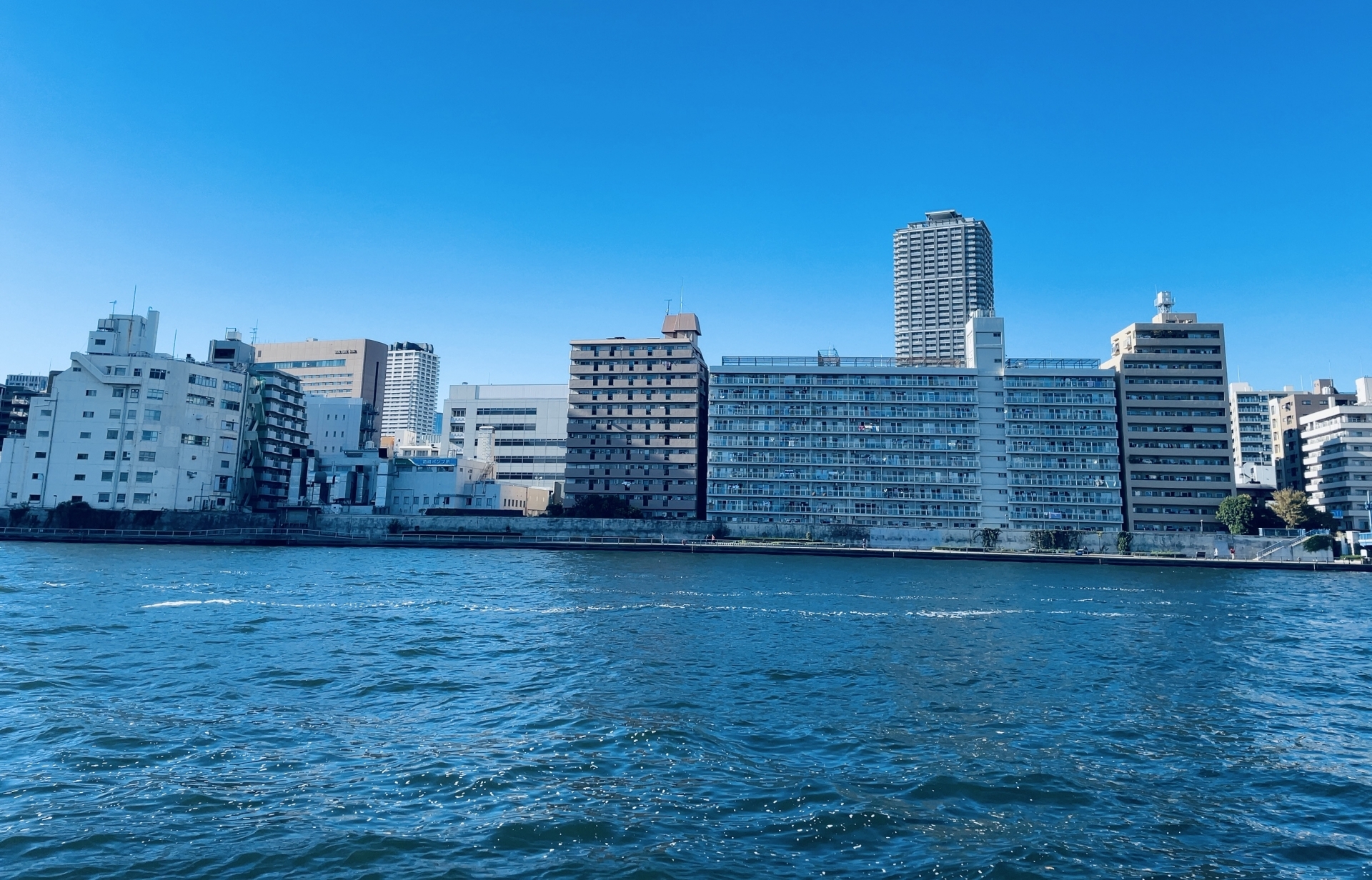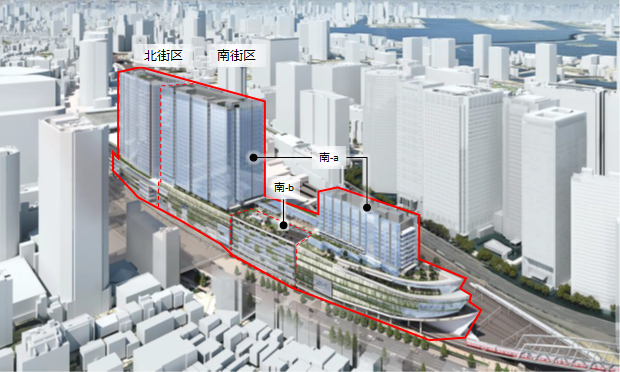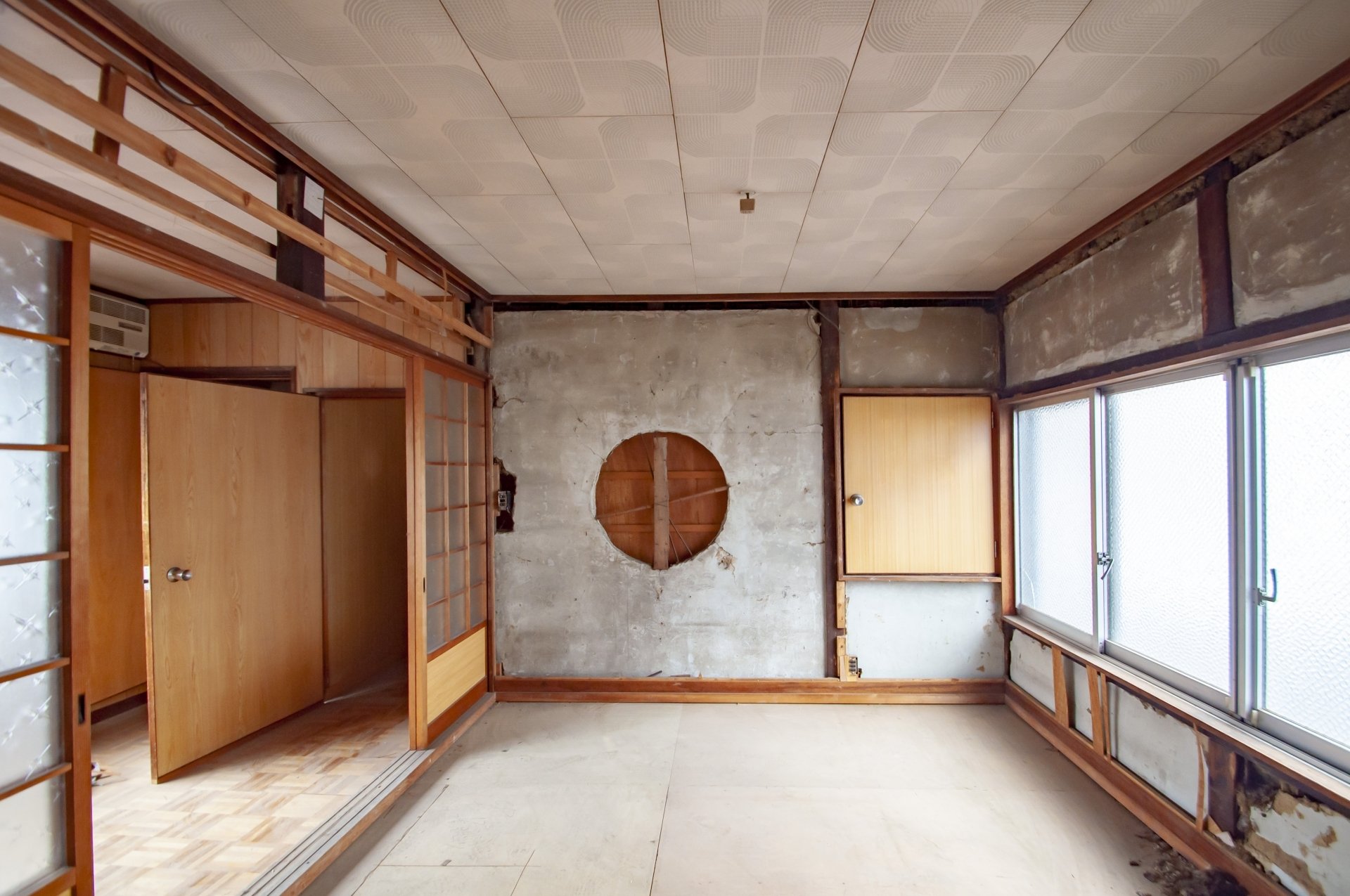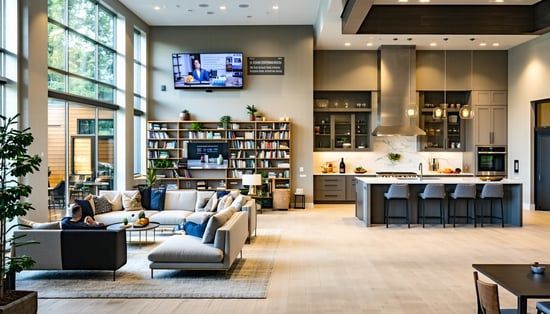Noise problems have become an unavoidable issue in today's housing complexes. According to a survey conducted by the Ministry of the Environment, there were 19,700 complaints about noise in fiscal year 2021, and 78.2% of all housing complex residents have experienced noise problems.
Particularly serious are neighborhood problems caused by children's footsteps and other household noises. As we have over 20 years of experience in the real estate industry, we have seen a sharp increase in the number of complaints we receive from our clients on a daily basis, such as "I received a complaint from the floor below about the sound of children's footsteps" or "I don't know what kind of soundproofing measures I should take.
Under these circumstances, many are faced with the problem of "restrictions in rental housing. Large-scale soundproofing work is difficult from the viewpoint of restoration to its original state, but if no measures are taken, deterioration of neighborhood relations is inevitable. This is why DIY soundproofing is attracting attention.
In this article, we will provide detailed information on effective DIY soundproofing measures that can be implemented in rental housing based on our knowledge gained in the field of real estate management, from cost estimates to specific construction methods. By taking appropriate measures, it is possible to realize a comfortable living environment while maintaining good relations with neighbors.
Current Situation of Noise Trouble and Children's Footsteps Problem
Positioning of Noise Problem in Neighborhood Trouble
In a survey of 500 people, 65.9% of those who have experienced neighborhood problems experienced noise-related problems, highlighting the severity of these problems.
| Rank | Type of Trouble | Percentage | Main Cases |
|---|---|---|---|
| No. 1 | Noise/noise related | 65.9 | Footsteps, talking, music, TV noise |
| 2nd place | Smell (cigarette, stench) | 15.2% Smoking, pets, garbage | Smoking, pets, garbage |
| 3rd place | Parking/Bicycle parking | 8.7% Unauthorized parking, overflow parking | Unauthorized parking, overhang parking |
| 4th place | Garbage disposal | 6.1% Garbage disposal | Separation violation, overtime discharge |
| 5th place | Others | 4.1% Related to pets and children | Pets, child-related |
Characteristics of Noise Problems in Housing Complexes
Condominiums, apartments, and other housing complexes are prone to noise problems due to their structural characteristics. The following noise sources are particularly problematic.
Breakdown of the most common noise problems:
| Type of noise | Number of cases | Main place of occurrence | Difficulty of countermeasures |
|---|---|---|---|
| Footsteps echoing | 126 cases | Vibration from upper floors | High |
| Noisy voices | 94 cases | Adjacent units | Medium |
| Noisy banquet | 38 cases | Adjacent dwelling unit | Medium |
| Loud music | 32 cases | Adjacent dwelling | Low |
As is clear from these statistics, "echoing footsteps" is the most common problem, with 126 cases, far exceeding the second place "noisy voices" with 94 cases. This is due to the characteristics of "solid propagation sound," in which vibrations caused by footsteps are transmitted directly through the building structure.
Growing Problem of Children's Footsteps
Noise problems caused by children's footsteps have become a particularly serious social issue. For households raising children, it is difficult to restrict the natural behavior of children, while for residents on the lower floors, it is a serious problem that interferes with their daily lives.
At actual management sites, the following consultations are frequently received
"Footsteps echo intermittently from 6:00 a.m. to 10:00 p.m.," "Sleep is disturbed by the sound of children running around," "Caution does not improve the situation," "I consulted the management company, but the problem has not been resolved.
In these situations, the fundamental solution is to implement appropriate soundproofing measures. Especially in rental housing, DIY soundproofing measures that can be restored to their original state are an important option.
Restrictions and Challenges in Rental Housing
The following constraints must be considered when implementing soundproofing measures in rental housing:
Main constraints:
In principle, construction that makes holes in walls or floors is not allowed; construction that is difficult to restore to its original state through the use of adhesives should be avoided; large-scale structural changes may violate the contract; and restoration costs must be minimized when vacating the property.
With these restrictions in place, it is essential to understand the proper material selection and construction methods in order to implement effective soundproofing measures. In the next chapter, we will explain in detail the basic knowledge of DIY soundproofing measures.
Basic Knowledge of DIY Soundproofing
Understanding how and what kind of sound propagates
To implement effective soundproofing measures, it is important to first understand how sound travels. The problematic sounds in a building can be classified into the following two main categories
Airborne sound
These are sounds that are transmitted through the medium of air, such as speech, television sound, and music. These sounds are mainly transmitted to adjacent units through walls and windows.
Solidborne Sound (Structural Borne Sound)
These include footsteps, doors opening and closing, and furniture moving. The sound of children's footsteps, in particular, can have a significant impact on the floor below as solid-borne sound.
| Type of sound | Propagation path | Main sound sources | Focus of countermeasures |
|---|---|---|---|
| Airborne sound | Air → walls and windows | Speech, TV sound, music | Sound insulation, sound absorption |
| Solid-borne sound | Vibration → structure | Footsteps, door noise, furniture movement | Vibration isolation and damping |
Difference and Effect of Soundproofing, Sound Insulation, and Sound Absorption
When considering soundproofing measures, it is important to correctly understand the difference between "soundproofing," "sound insulation," and "sound absorption. Confusing these concepts may not produce the desired effect.
Soundproofing
Soundproofing is a concept that comprehensively suppresses the transmission of sound, and refers to all measures that combine sound insulation and sound absorption.
Sound Insulation
The physical blocking of sound transmission, which involves the use of heavy or dense materials. Typical examples include plasterboard, sound insulation sheets, and concrete.
Sound Absorption
Sound absorption converts sound energy into thermal energy and attenuates it. Glass wool, urethane foam, felt, etc. are examples.
| Countermeasure Method | Main effects | Applicable Situations | Typical materials |
|---|---|---|---|
| Sound Insulation | Blocking sound transmission | Prevent sound leakage to neighboring rooms | Sound insulation sheet, plasterboard |
| Sound absorption | Suppresses sound reverberation | Improves room acoustics | Glass wool, sound absorption panels |
| Vibration isolation | Suppresses vibration transmission | Footstep noise control | Anti-vibration mats, damping materials |
Scope of possible measures in rental housing
DIY soundproofing measures in rental housing are limited to methods that can be restored to their original state. The following is a list of possible measures and precautions.
Implementable measures:
1. soundproofing measures
Installation of soundproof mats and carpets, installation of soundproof panels, and acoustic improvement through furniture placement
(2) Paste-type countermeasures (reversible)
Installation of lightweight panels using double-sided tape, improvement of airtightness using gap tape, installation of soundproofing curtains
3. assembly-type measures
Soundproofing boxes, construction of simple soundproof rooms, partitioning using sound-absorbing materials
Measures to avoid:
Nailing or screwing to walls or floors, fixing with strong adhesives, direct modification to the structure, large-scale floor plan changes
Combination of effective measures
Because of the limitations of single measures, it is important to combine multiple techniques. The following combinations are particularly effective in preventing the sound of children's footsteps:
Basic combination pattern:
1. floor countermeasure-centered type
Vibration-insulating mats + thick carpets + sound-absorbing materials. Effect: Significant reduction of solid propagation sound. 2.
(2) Combination with wall measures
Floor measures + wall sound-absorbing panels + gap treatment. Effect: Supports both air-borne and solid-borne sound. 3.
Comprehensive countermeasure type
Comprehensive measures for floors, walls and ceilings. Effect: Maximum soundproofing effect
In the next chapter, based on this basic knowledge, we will explain in detail the specific soundproofing measures for each part of the building.
Effective DIY soundproofing measures [by site].
Floor Soundproofing
The most important measure against children's footsteps is soundproofing of floors. Footsteps, which are solid propagated sound, are transmitted directly to the floor below through the floor, so appropriate countermeasures are essential.
How to Select Soundproof Mats and Carpets
The basic soundproofing measure for floors is the installation of soundproof mats and carpets. However, common joint mats and thin carpets are not effective enough.
Characteristics of effective flooring materials:
| Type of material | Thickness | Soundproofing effect | Approximate cost | Installation difficulty |
|---|---|---|---|---|
| Vibration-insulating mat | 10-20mm | ★★★★★ | 15,000-30,000 yen/6 tatami mats | Low |
| Thick carpet | 15-25mm | ★★★★☆ | 20,000-50,000 yen/6 tatami mats | Low |
| Cork mat | 8-15mm | Cork mats | 10,000-25,000 yen/6 tatami mats | Low |
| Joint mat | 10-20mm | Low | 5,000-15,000 yen/6 tatami mats | Low |
Recommended product features:
1. comfortable soundproof mat Wood
Thickness: 11mm, Soundproofing effect: ΔLL(I)-4 grade, Features: Good appearance with wood grain tone
2. suncorus
Thickness: 6-10mm, Soundproofing effect: Lightweight floor impact noise reduction, Characteristics: Exclusively for use under carpets
3. anti-vibration mat (rubber-based)
Thickness: 5-15 mm, Soundproofing effect: Specialized in vibration absorption, Characteristics: Installed under heavy objects
Specific installation procedures
Basic installation procedure:
1. cleaning and preparation of floor surface
Completely remove dust and debris from the floor, flatten any uneven surfaces, and install dehumidifying agents to prevent moisture. 2.
2) Installation of anti-vibration mats
Install in order from the corner of the room, overlap the joints to avoid gaps, and leave a margin of 5-10 mm near the wall. 3.
3) Installation of carpets and rugs
Install on top of anti-vibration mats; use of non-slip sheets is recommended; periodic adjustment of positions and maintenance
Precautions for installation:
Material selection considering compression by furniture weight, ensuring air permeability to prevent deterioration due to moisture, periodic cleaning and maintenance
Wall Soundproofing
Soundproofing of walls is important mainly to prevent airborne noise. It prevents leakage of talking voices, TV sound, etc. to adjacent dwelling units.
Use of Sound Insulation Sheets
Sound insulation sheets are effective in physically blocking sound transmission. In rental housing, installation using double-sided tape or special hooks is the basic method.
Types and characteristics of sound insulation sheets:
| Type of sheet | Weight | Sound Insulation Performance | Approximate cost | Installation Method |
|---|---|---|---|---|
| Lead sheet | Heavy | ★★★★★ | Expensive | Specialized contractor recommended |
| Rubber sheet | Medium | ★★★★☆ | Medium | DIY possible |
| Resin-based sheet | Light | ★ ★ ★ ★ ★ ★ ★ ★ ★ ★ ★ ★ ★ ★ ★ ★ ★ ★ ★ ★ ★ ★ ★ ★ ★ ★ ★ ★ ★ | Inexpensive | Easy DIY |
How to Install Sound Absorption Panels
Sound-absorbing panels improve the acoustic environment by reducing the reverberation of sound in a room. They are particularly effective in preventing amplification of children's voices and household noises in a room.
Effective placement of sound-absorbing panels:
1. walls close to the sound source
Walls in children's play areas, behind TVs and audio equipment
2. areas with strong sound reflections
Parallel wall surfaces on one side and the boundary between the ceiling and walls on the other
3. boundary walls between adjacent units
Walls where sound leakage is a concern, walls in bedrooms and living rooms
Devices at the time of installation:
Emphasis on design that also functions as interior design, use of removable installation methods, and effective placement patterns
Soundproofing of windows and doors
Windows and doors are the parts of a building most prone to sound leakage. In particular, sound leakage through gaps can be significantly improved with simple measures.
Effective use of crevice tape
Gap tape is one of the easiest and most effective soundproofing measures. By filling gaps between windows and doors, it improves airtightness and prevents sound leakage.
Types and uses of crevice tapes:
| Type of tape | Applicable area | Effect | Durability |
|---|---|---|---|
| Rubber-based | Window sashes | ★★★★☆ | High |
| Urethane-based | Door frame | ★ ★ ★ ★ ★ ★ ★ ★ ★ ★ ★ ★ ★ ★ ★ ★ ★ ★ ★ ★ ★ ★ ★ ★ ★ ★ | Medium |
| Brush bristle type | Sliding door | ★★☆☆☆☆☆☆ Low | Low |
How to choose soundproof curtains
Soundproof curtains are effective in controlling sound coming in and out of windows. They are especially effective in preventing household noise at night.
Selection criteria for soundproof curtains:
1. weight and density
The heavier the curtain, the better the sound insulation effect. 500g or more per square meter is recommended.
2. multi-layered structure
Three-layer structure (outer layer, middle layer, and lining); combination of different materials is effective. 3.
3. installation method
Ensure a size that completely covers the window frame and a length that reaches to the floor
In the next section, we will provide a detailed comparison of the cost and effectiveness of these measures.
Comparison of Costs and Effectiveness
Cost range of DIY soundproofing measures
The major advantage of DIY soundproofing measures is that they are significantly less expensive than professional installation. However, it is important to properly determine the balance between cost and effectiveness.
List of cost-effectiveness by countermeasure (in the case of a 6-mat room):
| Contents of countermeasure | Cost range | Effectiveness level | Construction time | Restoration to original condition |
|---|---|---|---|---|
| Gap tape installation | 1,000-3,000 yen | Installation of gap tapes | 1-2 hours | Easy |
| Soundproof curtain | 10,000-30,000 yen | ★★★☆☆☆ | 1 hour | Easy |
| Joint mat | 5,000-15,000 yen | ★★★☆☆☆ | 2 to 3 hours | Easy |
| Anti-vibration mat | 15,000-30,000 yen | ★★★★☆ | 3-4 hours | Easy |
| Thick carpet | 20,000-50,000 yen | ★★★★☆ | 2-3 hours | Easy |
| Sound absorbing panel | 25,000-60,000 yen | Easy | 4-6 hours | Easy |
| Sound Insulating Sheet | 30,000-80,000 yen | ★★★★☆ | 6-8 hours | Slightly difficult |
| Comprehensive measures | 80,000-200,000 yen | ★★★★★ | 2-3 days | Easy |
Expected Effectiveness and Limitations
It is important to understand that DIY soundproofing has certain limitations. Excessive expectations can lead to disappointment, so be sure to understand realistic ranges of effectiveness.
Expected effects:
1. reduction of minor household noises
Reduce footstep echoes by 30-50%, speech leaks by 20-40%, TV sound transmission by 25-45%.
2. improvement of sound quality
High frequencies are highly effective in reducing sound; low frequencies have limited effect; improvement of room acoustics
Limiting factors:
1. structural limitations
Basic structure of the building cannot be changed, material limitations due to weight restrictions, structural sound transmission with adjacent units
(2) Differences in effectiveness depending on the type of sound
Low-frequency sound (heavy bass) is difficult to counteract, vibration-based sound is difficult to fundamentally solve, and sudden loud noise cannot be completely blocked out.
Comparison with professional installation
Understanding the difference between DIY measures and professional soundproofing will help you make the right choice.
Comparison chart: DIY vs. professional installation
| Item | DIY measures | Professional Installation |
|---|---|---|
| Cost | 50-200,000 yen | 500,000-5,000,000 yen |
| Effect | 30-50% reduction | 70-90% reduction |
| Construction Time | 1-3 days | 1-4 weeks |
| Restoration | Easy | Difficult |
| Warranty | No Warranty | Yes |
| Specialty | Not required | Necessary |
When DIY measures are suitable:
Temporary measures in rental housing, solution of minor noise problems, budget constraints, restoration to original condition required
When professional construction is required:
Serious noise problem, permanent solution in owner-occupied house, need high soundproofing performance, need to meet legal standards
Practical construction procedures and tips
Tools and materials to be prepared
Preparation in advance is important for efficient installation. Below is a list of necessary tools and materials.
Basic tools:
| Tool name | Purpose | Necessity |
|---|---|---|
| Measuring tape | Dimensional measurement | Required |
| Cutter | Material Cutting | Required |
| Double-sided tape | Fixing lightweight materials | Required |
| Vacuum Cleaner | Cleaning work | Required |
| Leveling device | Leveling | Recommended |
| Electric screwdriver | Assembly work | Recommended |
Material selection criteria:
1. soundproofing performance
Confirmation of sound insulation grade and sound absorption coefficient, and certification of performance by a third-party organization
2. safety
Confirmation of fireproofing performance, check for hazardous substances
3. workability
Feasibility of DIY installation, required skill level
Precautions for installation
Safety precautions:
Handle heavy materials with more than one person, prevent injuries when using cutters, ensure ventilation (when using adhesives)
Quality precautions:
Thorough treatment of material seams, complete sealing of gaps, periodic effectiveness checks
Construction procedure checklist:
| Process | Check item | Completion |
|---|---|---|
| Preparation | Check materials and tools | Checking of materials and tools |
| Cleaning | Completion of cleaning of construction surface | Measurement |
| Measurement | Accurate dimensional measurements | Measurement of dimensions |
| Construction | Construction in accordance with procedures | Confirmation |
| Confirmation | Inspection of gap/float | Check for gaps and floats □ Check for gaps and floats |
| Cleaning | Completion of post-construction cleaning | □ Checking |
Methods of Effectiveness Measurement
By objectively evaluating the effectiveness after construction, the need for additional measures can be determined.
Simple measurement method:
1. use of smartphone application
Measurement by noise level meter application, comparison record before and after construction
2. evaluation by physical sensation
Confirmation of audibility by family members, feedback from neighbors
3. comparison by recording
Objective evaluation by sound recording and waveform analysis under the same conditions
In the next section, we will summarize the previous contents and present a concrete action plan for the implementation of effective soundproofing measures.
Summary
Essentials of Effective DIY Soundproofing Measures
This article has provided a detailed explanation of DIY soundproofing measures that can be implemented in rental housing, based on our on-site experience in property management. The key points are summarized below.
The most important points:
1. selecting countermeasures according to the type of sound
Floor vibration control is the most important measure for children's footsteps (solid propagation sound), while sound insulation of walls and windows is effective for talking voices and TV sound (airborne sound). 2.
2) Step-by-step implementation of countermeasures
Start with basic measures such as gap tapes, and add measures step by step as you confirm their effectiveness.
3. select a method that allows restoration to the original condition
Restoration to the original condition is a prerequisite for rental housing. Adopt construction methods that do not use adhesives or nails to avoid problems when vacating.
Priority of recommended measures
In order to obtain the maximum effect with a limited budget, we recommend implementing measures in the following priority order:
Phase 1 (budget: 30,000-50,000 yen)
Improvement of airtightness with gap tapes, installation of soundproof curtains, and basic soundproof mats
Phase 2 (budget: 100,000-150,000 yen)
Full installation of high-performance vibration isolation mats, combined with thick carpeting, installation of sound-absorbing panels on major wall surfaces
Phase 3 (budget: 200,000 yen or more)
Installation of additional sound insulation sheets, completion of comprehensive soundproofing measures, measurement of effectiveness and fine-tuning
Importance of Continuous Improvement
Soundproofing measures are not completed once implemented. It is important to make continuous improvements paying attention to the following points
Periodic inspections for material deterioration and misalignment, response to seasonal changes in effectiveness, review of measures in response to changes in living patterns, and consideration for maintaining good relations with neighbors.
Next Action Plan
We recommend that the following steps be taken to implement effective soundproofing measures
1. identify the current situation
Record the type of noise and the time of occurrence, organize the details pointed out by the neighbors, and set a budget and time frame
2. planning of countermeasures
Develop a phased plan based on priorities, plan for procurement of materials and tools, and create a construction schedule. 3.
3. implementation and evaluation
Reliable construction based on the plan, objective measurement of effectiveness, and consideration of additional measures as needed
If you have any concerns regarding real estate or soundproofing, please feel free to contact INA & Associates, Inc. Based on our extensive experience, we will propose the best solution for your situation.
Frequently Asked Questions
Q1. Is there a soundproofing solution that can be restored to its original condition even if it is a rental?
A. Yes , many effective measures can be restored to their original condition. Installation of soundproof mats and carpets, soundproof curtains, and the use of gap tape can be easily removed when the tenant moves out. Installation of lightweight panels using double-sided tape can also be restored to their original state if the appropriate product is selected. However, the use of strong adhesives, nails, or screws should be avoided, and confirmation with the management company is recommended in advance.
Q2: What is the most effective way to prevent children's footsteps?
A. Since children's footsteps are a solid propagated sound, the most effective way is to use anti-vibration measures for the floor. Specifically, we recommend a combination of anti-vibration mats with a thickness of 10 mm or more and thick carpeting.
Q3.. What is the approximate cost of soundproofing?
A. A basic measure for a 6-tatami room will cost approximately 50,000-200,000 yen. Simple measures such as gap tapes cost 10,000-30,000 yen, a combination of anti-vibration mats and thick carpeting costs 30,000-80,000 yen, and comprehensive measures including sound absorption panels cost 150,000-200,000 yen. Compared to professional soundproofing work (¥500,000-5,000,000), the cost can be significantly reduced. By implementing countermeasures in stages, it is possible to achieve optimal results according to your budget.
Q4: What should we do if we receive complaints from neighbors?
A. First, it is important to apologize in good faith and offer concrete measures for improvement. Clearly communicate feasible measures, such as plans to implement soundproofing measures and adjust living hours. If you have a management company, asking them to act as an intermediary can also be effective. After the measures have been implemented, confirm the effectiveness of the measures and consider additional measures if necessary. Avoiding emotional confrontation and aiming for constructive resolution will help maintain good neighborhood relations.

Daisuke Inazawa
Representative Director of INA&Associates Inc. Based in Osaka, Tokyo, and Kanagawa, he is engaged in real estate sales, leasing, and management. He provides services based on his extensive experience in the real estate industry. Based on the philosophy that “human resources are a company's most important asset,” he places great importance on human resource development. He continues to take on the challenge of creating sustainable corporate value.

.png)


